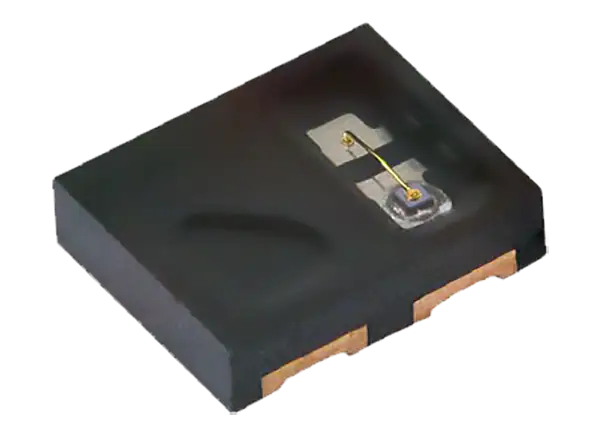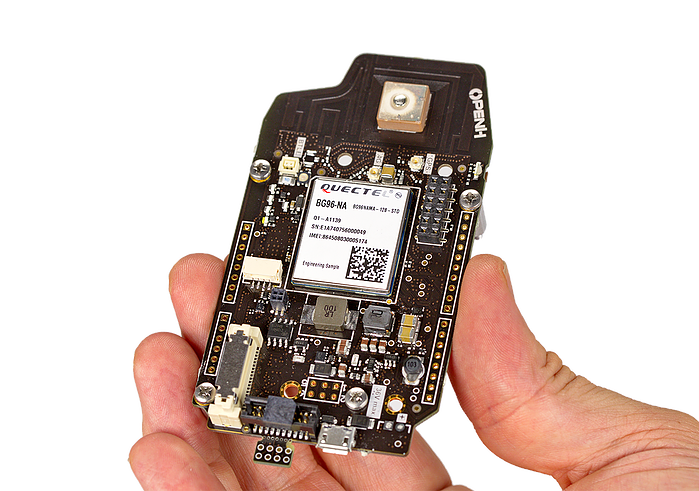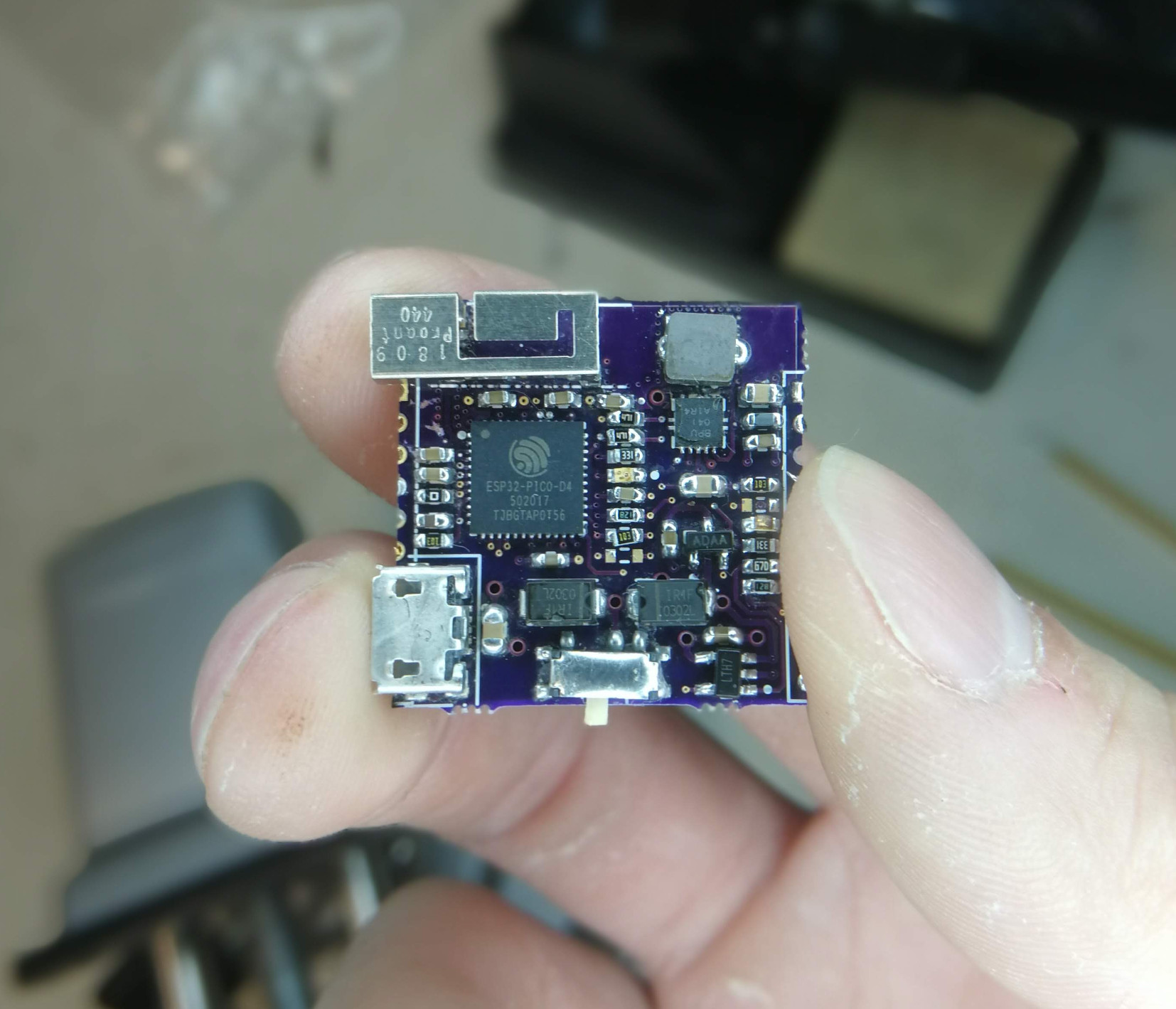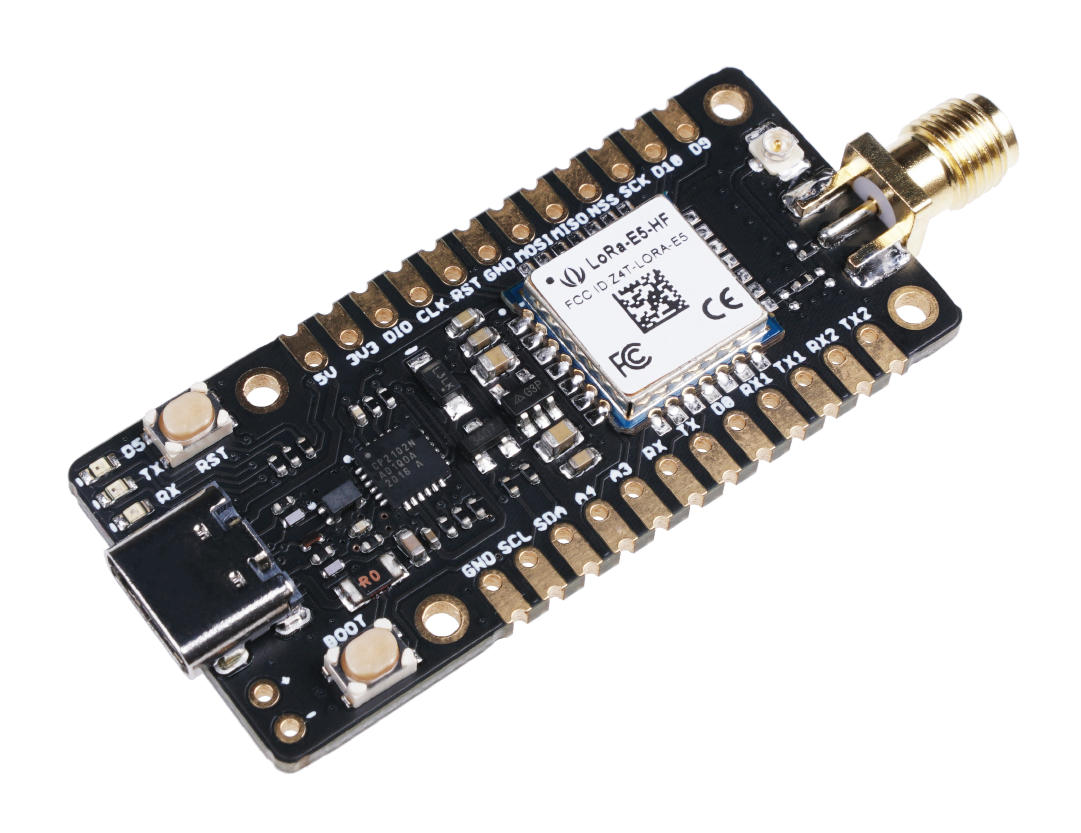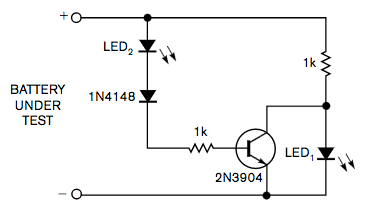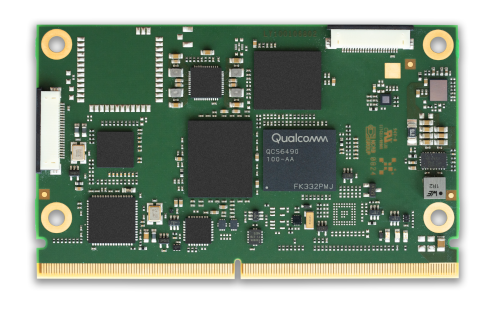
Avnet recently released a development kit for its Small Mobility ARChitecture (SMARC) 2.1.1 compute module which uses Qualcomm’s QCS6490 processor–the QCS6490 Vision-AI Development Kit. Equipped with high-performance cores within the SMARC module and provision pins for multiple cameras, the development kit opens doors for Edge-AI applications, Multi-camera Security Systems with Recognition, service and industry robots and many more IoT applications.
The embedded QCS6490 processor-based SMARC compute module, the MSC SM2S-QCS64, integrates the Qualcomm Kryo 670 CPU which contains up to eight cores: four Arm Cortex®-A78 cores, four Arm Cortex-A55 cores, Qualcomm Adreno 643 GPU, Qualcomm Adreno 633 VPU (enables high-resolution video encoding and decoding up to 4K60) and the Qualcomm Hexagon processor. There’s also the 6th gen Qualcomm AI Engine with 13 TOPS that provides robust AI processing capabilities, ideal for machine learning and inferencing tasks. Meanwhile, the Spectra 570L ISP within the SMARC module supports up to five concurrent camera inputs, making it suitable for complex imaging systems such as autonomous vehicles or surveillance.
Other Features of SM2S-QCS6490 SMARC Compute Module:
- 8GB LPDDR5 SDRAM, 64GB UFS Flash Memory
- 2x USB 3.1 (2L), 3x USB 2.0 interfaces
- 2x PCIe Gen3 (1L), 1x PCIe Gen3 (2L) interface
- 1x DisplayPort 1.4 (2L) interface
- 1x MIPI-DSI (4L), 1x eDP (4L) display interfaces
- 2x MIPI-CSI (4L) camera 22-pin connectors
- 2x MIPI-CSI (4L, 2L) via SMARC edge connector
- 2x 1 Gigabit Ethernet interfaces
- Wi-Fi 6 / BT 5 (SMARC module assembly option)
- TPM module (SMARC module assembly option)
- UART, SPI, I2C, I2S, GPIO interfaces
- HW Key manager, ECC, Secure boot, Crypto
While the SMARC Compute Module does allow the connection of up to 4 cameras, the IO components of the QCS6490 Vision-AI Development Kit only add to connectivity capabilities. The Vision AI I/O board of the development kit is connected to the SMARC 2.1.1 module via an edge connector. The carrier board also has M.2 key-M slot for NVME storage and a M.2 key-E slot enabling wireless connections.
In addition to a display port 1.4 (2L) interface, the QCS6490 Vision-AI Development Kit has an audio subsystem which includes two PDM microphones, stereo audio Codec, digital audio interface and analog audio jack I/O.
Other features of the Vision AI I/O Board:
- I/O Interface:
- 40-Pin Pi-HAT header
- 4-pin CAN header
- 10-pin Test IO header
- Gigabit Ethernet RJ45 connector
- miniDP and 1x MIPI-DSI display connectors
- 2x button switches and RGB User LED
- Other Features:
- 2-pin RTC battery header
- 2x button switches & RGB User LED
- Power:
- 9V/3A (USB-C PD)
- Operating Temperature:
- -40°C to 85°C
Avnet includes a Yocto-based Linux BSP with the development kit and some other aids. There are also some accessories available with the kit like MIPI CSI IMX477 12MP camera, NVME SSD storage (M.2 Key M 2280 memory module) and MIPI DSI 7-inch touchscreen LCD display. More information on the QCS6490 Vision-AI Development Kit is available on Avnet’s website along with a product brief.







